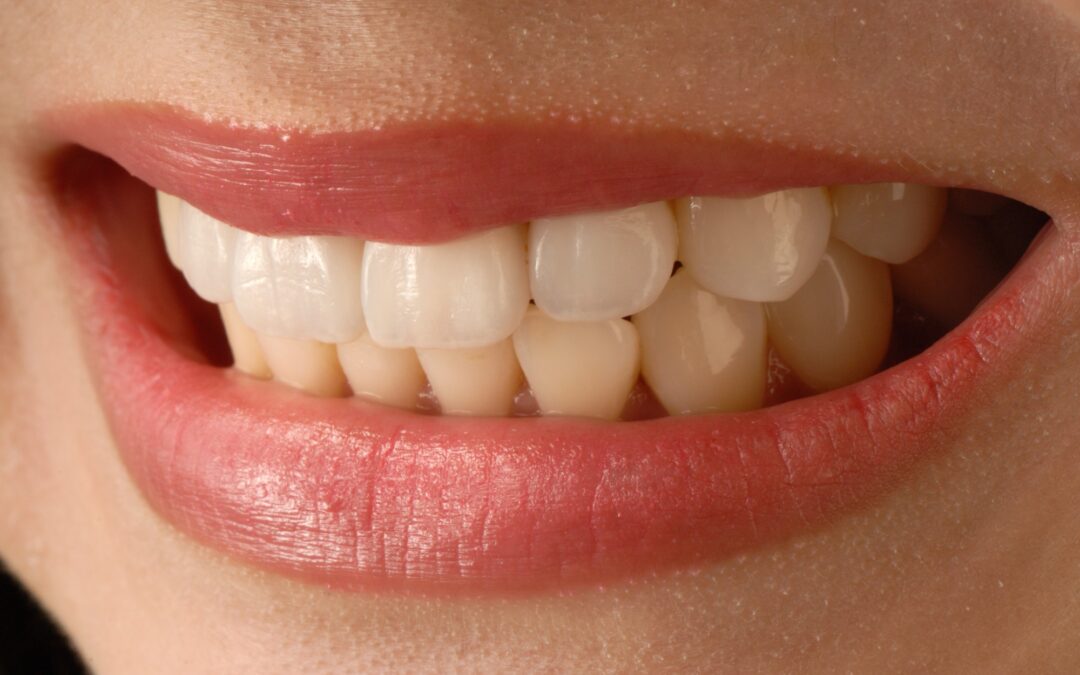Does the thought of showing off your pearly whites make you cringe? You are not alone. A recent survey shows that 51% of people are unhappy with the appearance of their teeth.
Perhaps you are embarrassed by discoloration, chips, cracks, or the length or size of your teeth. Porcelain dental veneers are an excellent option when it comes to improving your smile in a quick, safe, and effective manner. But before you go perfecting those teeth, be sure to read these ten key points on veneers.
1. Veneers Are Not for Everyone
Though veneers make up about 26% of all cosmetic dentistry procedures, not everyone is an ideal candidate. Before the procedure, your dentist will conduct a general oral health exam. Any tooth decay or infections must receive treatment beforehand. If veneers are placed over teeth that are experiencing any infection or decay, the problem will only get worse.
2. Veneer Material
When it comes to veneer material, the three primary types are porcelain, ceramic, and composite. Though composite and ceramic veneers are less expensive than porcelain veneers, they have their drawbacks.
Composite veneers do not last as long as porcelain and are not nearly as durable. Ceramics are considerably porous and, therefore, are much more likely to stain. Porcelain dental veneers are used most often because they mimic your tooth enamel and are resistant to staining.
3. Consider the Investment
While porcelain veneers are more expensive, they are the most durable of the veneer options and can last up to 20 years with proper care. Because they last longer, choosing porcelain makes for a smart investment and can save you money down the road. Most dentists can work with you in terms of financing options, and some insurance companies now even cover all or part of the treatment.
Understand that veneers are a permanent decision. The procedure is irreversible, and the veneers are very difficult to remove should you later change your mind or if they break or chip.
If there is damage, they are replaceable, but the process is involved and special care must be taken to ensure the color matches since your teeth might discolor over time. Because of these factors, it makes the most sense to invest in the best, most durable material.
4. No Whole-Mouth Requirement
Some people think that to consider veneers is to consider changing the appearance of your entire mouth. This is not the case. Some people might benefit from veneers on just one or two troublesome teeth. Your dentist will consult with you to determine the number of teeth that might benefit from the procedure.
5. Veneers Can Resolve Multiple Issues
If you are looking to fix any of the following issues, veneers might be your answer:
- Crowded teeth
- Gaps
- Discoloration
- Misshapen teeth
- Sizing issues
- Crooked teeth
- Stains
- Cracked teeth
- Chips
Veneers are different for everyone, so your dental professional will work with you to develop custom prosthetics just for you.
6. You Get to Keep Your Teeth
Why lose teeth when you can keep the ones you have and perfect them? While dentures require the removal of teeth to fit the prosthetic, veneers are much less invasive, working as a shell that is customized to fit over your existing teeth.
7. Porcelain Dental Veneers Are Very Thin
Porcelain veneers are very thin, to the point of almost being able to see through them before they become a part of your teeth. Because of this thinness, once they are in place, most people cannot distinguish between the veneers and their natural teeth.
8. Veneers Are Customizable
Teeth come in all shades of white, so patients are happy to hear that the same is true for veneers. The entire veneer process is customizable, from color to shape, and your dentist will work with you to figure out the best combination for you, keeping your smile looking as natural as possible.
9. Installation Process
After consulting with your dentist and evaluating the general health of your teeth and gums, and after determining that you are a good candidate for porcelain dental veneers, the entire process comes down to two appointments. However, if you have any dental work that is necessary before the placement of the veneers, that will require additional appointments to ensure your teeth are in tip-top shape before the procedure.
At the first appointment, your dentist will need to remove a thin layer of enamel, which allows for your teeth to retain their original thickness once the veneers are in place. This also creates a roughed-up surface to which the veneers can better adhere.
This appointment will also include impressions of your teeth, providing a mold for the creation of the veneers, which will help make your teeth appear more natural. At this time, your dentist might fit you with a temporary veneer.
During your second office visit, your dentist will remove any temporary veneers and prepare your teeth for your new, permanent smile. A bonding glue is applied to the surface of your teeth, and then the permanent veneers are applied on top of the glue. Local anesthetics are often used to ensure you are as comfortable and relaxed as possible during the procedure.
10. Recovery and Care
After the procedure, you might experience some soreness and sensitivity around your teeth and gums, but this should not last more than a few days. Care for your new veneers is as simple as caring for your natural teeth. As long as you brush, floss, and go to the dentist on a regular basis, your porcelain veneers should last for years to come.
Smile With Confidence
Life is too short to hide your happiness. If you lack confidence in the appearance of your teeth, consider reaching your perfect-smile goals with porcelain dental veneers. Contact us today for a consultation! We are excited to work with you and help you show off that beautiful smile.


Recent Comments